
Common Causes of Back Pain: An In-Depth Analysis
November 1, 2023
Spine Health for Seniors: Addressing Age-Related Concerns
January 10, 2024Yoga and Pilates for Spinal Health: Effective Exercises
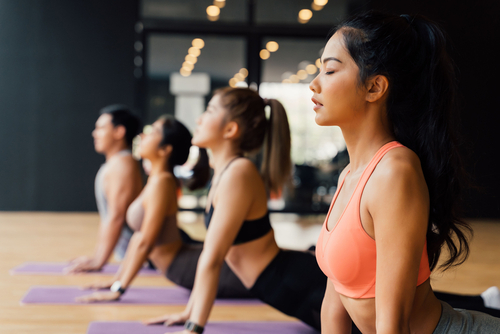
Yoga and Pilates for Spinal Health Effective Exercises
Yoga and Pilates for Spinal Health: Effective Exercises. In a world where our daily lives often involve prolonged hours of sitting and sedentary activities, the importance of spinal health cannot be overstated.
A healthy spine is not only crucial for maintaining good posture but also plays a vital role in our overall well-being.
In this comprehensive guide, we will delve into the world of yoga and Pilates and explore how these practices can effectively promote spinal health.
From understanding the anatomy of the spine to learning specific exercises and relaxation techniques, you’ll discover the key to a resilient and pain-free back.
Table of Contents
Understanding Spinal Health
Before we dive into the exercises, it’s essential to have a basic understanding of the spine’s structure and function.
The spine is a marvel of engineering, consisting of 33 vertebrae that provide support, flexibility, and protection for the spinal cord.
The spine is divided into several regions, each with its unique curvature. These include the cervical spine (neck), thoracic spine (upper back), lumbar spine (lower back), sacrum, and coccyx.
Understanding the spine’s anatomy helps us appreciate how various exercises can target specific areas to promote spinal health.
Common Spinal Issues
Various conditions, including herniated discs, spinal stenosis, and degenerative disc disease, can compromise spinal health.
Understanding these common issues and their impact is crucial for effective prevention and management.
Herniated discs occur when the soft inner core of a spinal disc pushes through the tough outer layer, pressing on nearby nerves and causing pain, numbness, or weakness.
Spinal stenosis is the narrowing of the spinal canal, leading to nerve compression and pain. Degenerative disc disease involves the gradual wear and tear of the spinal discs, leading to pain and reduced mobility.
Yoga for Spinal Health
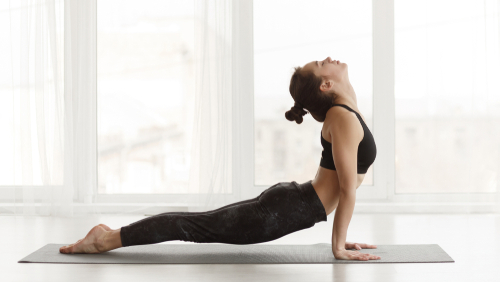
Benefits of Yoga
Yoga offers a holistic approach to spinal health by combining physical postures, breath control, and mindfulness.
The numerous benefits include improved flexibility, enhanced posture, and reduced stress, which can alleviate tension in the spine.
Regular yoga promotes spinal strength and flexibility, reducing the risk of spinal issues.
Yoga’s focus on mindfulness and relaxation techniques can help manage stress, often contributing to spinal discomfort.
Yoga Poses for Spinal Health
Explore a selection of yoga poses specifically designed to promote spinal health. From the gentle Child’s Pose to the invigorating Cobra Pose, these exercises target different spine areas and contribute to its flexibility and strength.
Child’s Pose (Balasana):
This gentle resting pose stretches the lower back and relieves tension in the spine. Sit back on your heels, extend your arms forward, and lower your chest to the ground, resting your forehead on the mat.
Cat-Cow Pose (Marjaryasana-Bitilasana):
This dynamic pose helps improve spinal flexibility and mobility. Start on your hands and knees, arching and rounding your back flowingly.
Cobra Pose (Bhujangasana):
The Cobra Pose strengthens the muscles along the spine while stretching the front of the body. Lie face down, place your palms beside your shoulders, and lift your chest.
Downward-Facing Dog (Adho Mukha Svanasana):
This classic yoga pose stretches the entire spine while also building strength in the arms and legs. Begin in a push-up position, then lift your hips upward, forming an inverted “V” shape.
Bridge Pose (Setu Bandhasana):
The Bridge Pose is excellent for strengthening the lower back and glutes. Lie on your back, bend your knees, and lift your hips off the ground while keeping your feet and palms flat.
Pilates for Spinal Health
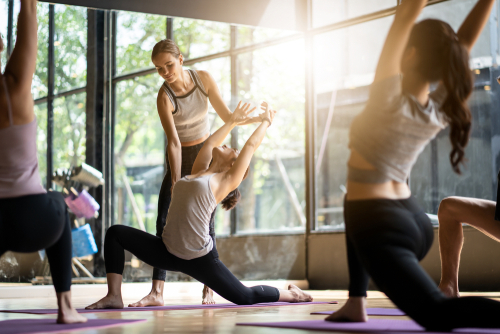
Core Strength and Pilates
Pilates, renowned for its focus on core strength, provides an excellent foundation for supporting the spine. A strong core stabilizes the back and reduces the risk of spinal issues.
Pilates exercises often emphasize controlled movements that engage the core muscles.
This focus on core strength contributes to better posture and spinal stability. A strong core can also alleviate back pain by providing better support for the spine.
Pilates Exercises for Spinal Health
Discover specific Pilates exercises that target the muscles supporting the spine. From the classic Hundred exercises to the Spine Stretch Forward, these movements enhance spinal strength and stability.
The Hundred:
Lie on your back, lift your legs off the ground, and pump your arms up and down while engaging your core. This exercise strengthens the abdominal muscles, which support the spine.
The Saw:
Sit with your legs extended, reach your arms to the sides, and twist your torso while reaching for your opposite foot. The Saw exercise enhances spinal flexibility and works the oblique muscles.
The Swan Dive:
This dynamic exercise involves lifting your upper body and legs off the ground while extending your arms. The Swan Dive strengthens the muscles along the spine and improves posture.
The Spine Stretch Forward:
Sit with your legs extended and flex your feet. Inhale, lengthen your spine and exhale as you hinge at the hips, reaching for your toes. This exercise stretches the spine and hamstrings.
Mind-Body Connection
Stress is a common contributor to spinal tension and discomfort. Learn about the connection between stress and spinal issues and how yoga and Pilates promote relaxation, reducing stress’s impact on the spine.
Chronic stress can lead to muscle tension and poor posture, which, over time, can strain the spine. Both yoga and Pilates incorporate relaxation techniques such as deep breathing and mindfulness.
These practices enhance spinal wellness and contribute to overall mental and emotional well-being.
Incorporating Yoga and Pilates into Daily Routine
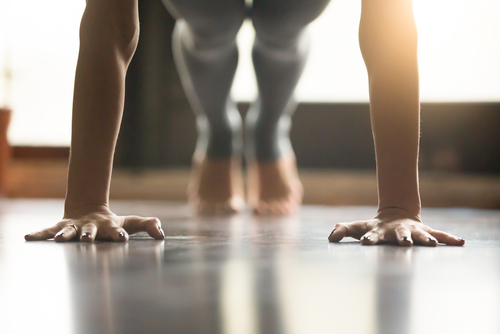
Morning Stretching Routine
Kickstart your day with a morning stretching routine that focuses on spinal care. These simple exercises can set a positive tone for the day and help prevent spinal discomfort.
- Start with a gentle neck stretch by tilting your head from side to side, forward and backward. Hold each stretch for 15-30 seconds.
- Perform a seated spinal twist by sitting cross-legged and gently twisting your torso to each side, using your hands to deepen the stretch.
- Incorporate the Cat-Cow Pose to warm up your spine and improve flexibility.
- Finish with a seated forward fold, reaching for your toes to stretch the entire spine.
Desk Exercises for Office Workers
For those with desk jobs, maintaining spinal health is essential. Explore practical tips and exercises to incorporate into your workday, ensuring your spine receives the attention it deserves.
- Ergonomic Setup: Adjust your chair, keyboard, and monitor to promote proper posture while working at your desk. Maintain a neutral spine position.
- Desk Stretches: Take short breaks to perform desk stretches. Simple neck, shoulder, and spine stretches can alleviate tension.
- Sit-Stand Desk: If possible, invest in a sit-stand desk to change your working position throughout the day. Standing for part of your workday can reduce the strain on your spine.
Safety and Proper Form
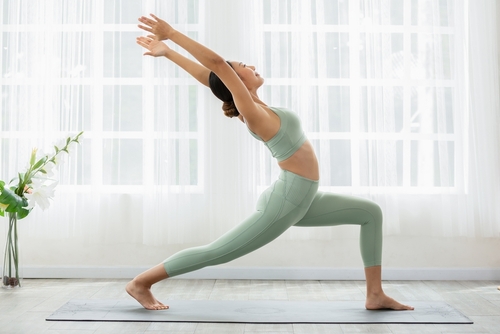
Importance of Proper Form
Maintaining proper posture and alignment during yoga and Pilates exercises is paramount. Discover why correct form is crucial for spinal health and overall effectiveness.
Proper form ensures that you are targeting the right muscles and reducing the risk of injury. Whether you’re performing a yoga pose or a Pilates exercise, paying attention to your alignment is essential.
Engaging the core and maintaining a neutral spine position are common principles for both practices.
Instructor Guidance
Qualified instructors play a vital role in ensuring the safety and effectiveness of yoga and Pilates practices.
Seeking professional guidance can help you make the most of these exercises while minimizing the risk of injury.
Instructors can provide personalized guidance, correct your form, and offer modifications to suit your individual needs.
Whether you attend classes or seek one-on-one instruction, having an experienced teacher can significantly enhance your practice.
Targeted Spinal Conditions
Yoga and Pilates for Sciatica
Sciatica can be a debilitating condition characterized by radiating leg pain. Learn how specific yoga and Pilates exercises can alleviate sciatic discomfort and improve overall spinal health.
Yoga and Pilates exercises that focus on stretching and strengthening the lower back and legs can relieve individuals with sciatica. These exercises can help reduce compression on the sciatic nerve and promote healing.
Scoliosis and Spinal Curvature
Individuals with spinal curvature, such as scoliosis, can benefit from tailored exercises. Explore exercises designed to address spinal curvature and promote better alignment.
While yoga and Pilates cannot cure scoliosis, they can help manage discomfort and improve posture. Practicing these exercises under the guidance of a qualified instructor is crucial for individuals with scoliosis.
Frequency and Progression
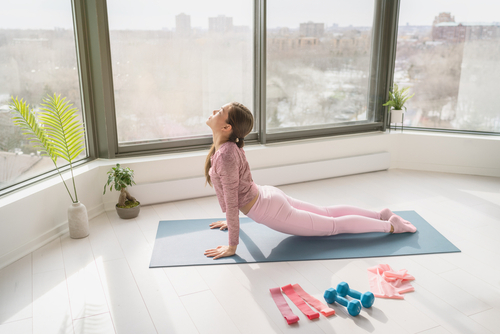
How Often to Practice
Discover recommendations for the frequency of yoga and Pilates practice to achieve optimal spinal health. Consistency is key to reaping the full benefits of these exercises.
Starting with 2-3 sessions per week is a good approach for beginners. As you become more comfortable and experienced, you can gradually increase the frequency to 4-5 times weekly. The key is to listen to your body and avoid overexertion.
Tracking Progress
Monitoring improvements in spinal health over time is essential. Learn to track your progress and celebrate your achievements on your journey to a healthier spine.
Keep a journal of your practice, noting any changes in flexibility, reduced discomfort, or improved posture.
Celebrate small milestones, and don’t be discouraged by setbacks. Progress in spinal health is often gradual and requires patience and consistency.
Frequently Asked Questions
Are there age restrictions for practicing yoga and Pilates for spinal health?
Yoga and Pilates are generally suitable for individuals of all ages. However, it’s essential to adapt exercises to individual needs, especially for seniors or those with specific health conditions. Consult with a healthcare provider or instructor for personalized guidance.
Can yoga and Pilates help with chronic back pain?
Yes, yoga and Pilates are effective in managing chronic back pain. Consult with a healthcare professional or instructor to create a tailored practice plan that addresses your specific condition and needs.
What equipment is needed for Pilates exercises at home?
While Pilates can be performed with minimal equipment, items like a Pilates mat, resistance bands, and a stability ball can enhance your practice. Many exercises can be done without equipment, making it accessible for home workouts.
Are there specific precautions for individuals with existing spinal conditions?
Individuals with existing spinal conditions should consult with a healthcare provider or qualified instructor before starting any new exercise program. Tailored modifications and guidance may be necessary to ensure safety and prevent exacerbating existing issues.
Yoga and Pilates for Spinal Health: Effective Exercises – Conclusion
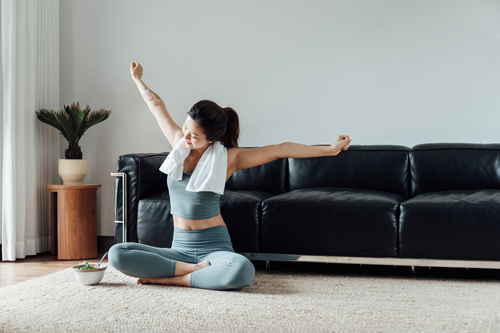
In conclusion, maintaining spinal health is a crucial aspect of overall well-being. Yoga and Pilates offer effective and holistic approaches to achieving and preserving spinal wellness.
You can enjoy a resilient and pain-free back by incorporating these practices into your daily routine and understanding the mind-body connection.
Embrace the power of yoga and Pilates to encourage spinal wellness and embark on a journey to a healthier, happier you!
Are you seeking a professional and reliable spine health specialist in Singapore? Contact us today!




